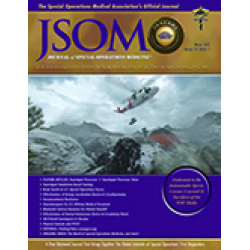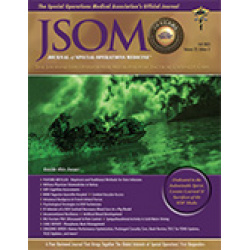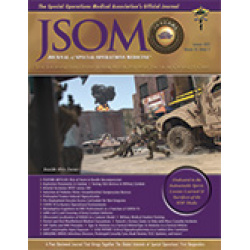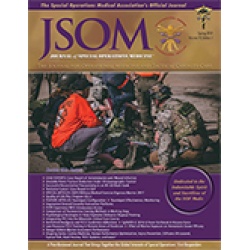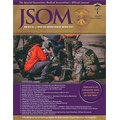Latest Products
Impact of Marine Exposure on Hemostatic Gauzes Using Thromboelastography
George T, Jordan M, Bianchi W, Boboc M, Zarow GJ, Natarajan R, Walchak AC, Roszko PJ 19(1). 89 - 94 (Journal Article)
Background: Military forces render emergency care in marine environments, where care for exsanguination is challenging. However, the effect of saltwater on the functionality of hemostatic agents is unknown. In this study, we used thromboelastography (TEG) to quantify the effect of saltwater on the efficacy of five gauze products. Methods: Blood from 24 healthy adult men was diluted by 30% with hetastarch to mimic hemodilution. Dry and saltwater-soaked Kerlix™, ChitoGauze®, Combat Gauze®, NuStat™, and WoundClot™ were contrasted in terms of the TEG parameters of speed of clot initiation (R), clot amplification (K), α angle (i.e., clot formation rate), and maximum amplitude of clot (MA), using repeated-measures analysis of variance at the p < .05 statistical significance threshold. Results: Compared with untreated dilute blood, R was significantly faster when any dry or wet gauze was added, with the fastest R values recorded for Combat Gauze. K and α angle findings were mixed. MA was greater than diluted blood for dry hemostatic gauze, but in the wet condition, only the MA for Combat Gauze was significantly greater than that of diluted blood. Conclusion: Gauze products, wet or dry, improved clotting compared to diluted blood without gauze. Saltwater exposure did not significantly detract from this benefit. Our findings suggest that Combat Gauze may be the choice hemostatic gauze for maritime environments.


 Español
Español 